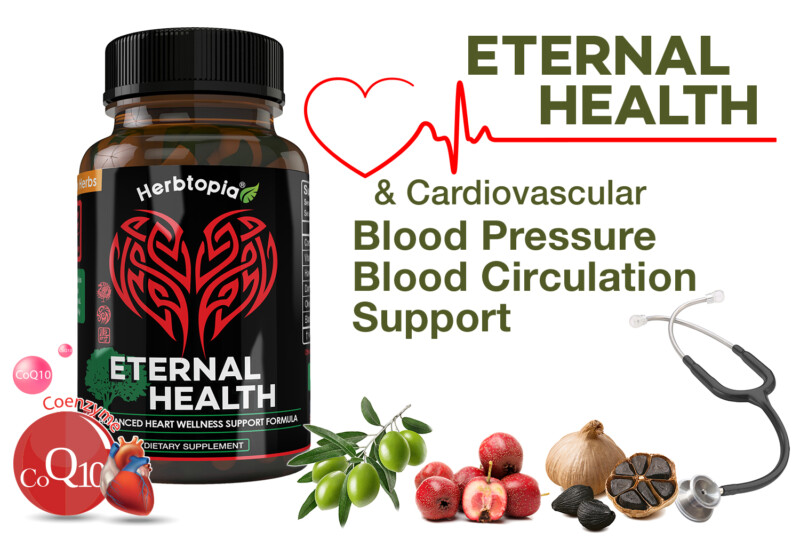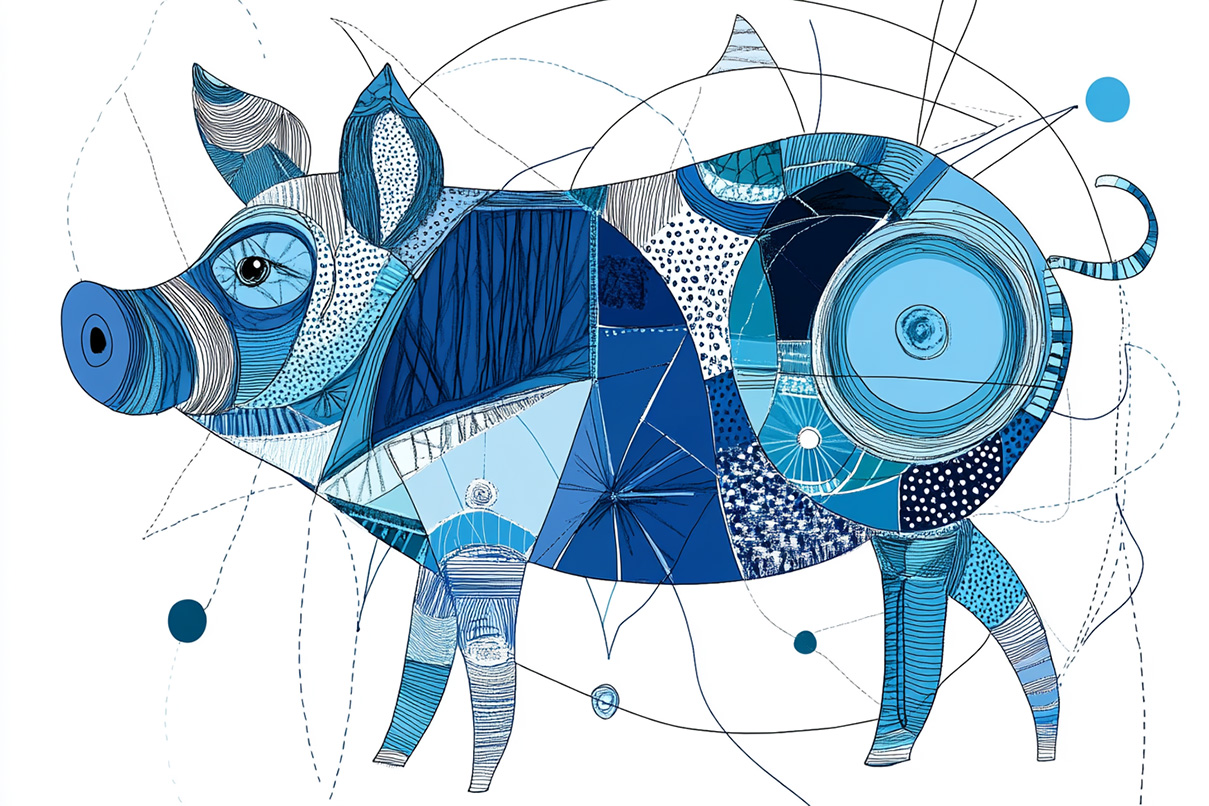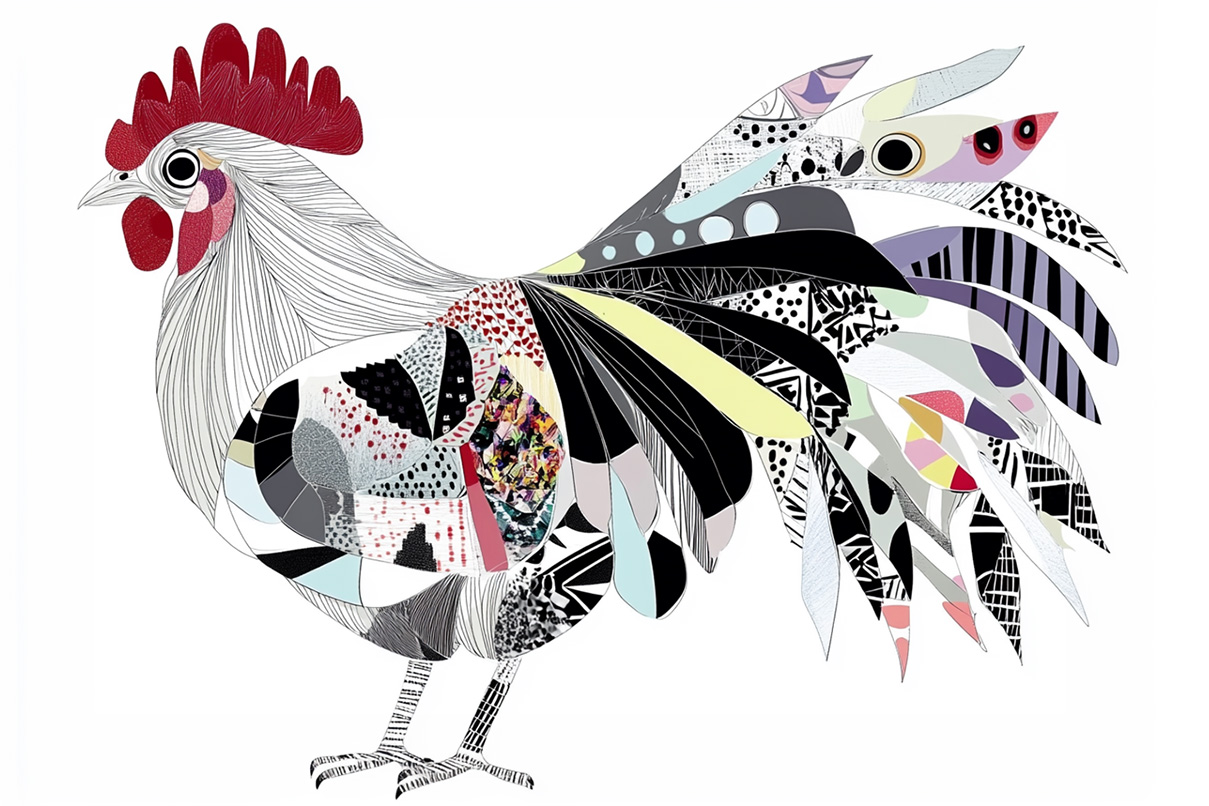
Dill: A Multifaceted Herb
Dill (*Anethum graveolens*), a delicate annual herb from the carrot family (*Apiaceae*), has been cherished for centuries for its culinary and medicinal benefits. Its aromatic leaves, seeds, and flowers make it a staple worldwide in kitchens and herbal apothecaries. This document explores the versatile nature of Dill, delving into its historical, medicinal, culinary, and botanical significance.
Historical and Cultural Significance
Ancient Uses
Dill’s roots trace back to North Africa, Iran, and the Arabian Peninsula, where it was cultivated and valued as early as 1500 BCE. Ancient Egyptians listed Dill in the Ebers Papyrus as a remedy for pain and a soothing agent. The Greeks revered it for treating digestive ailments, hiccups, and wounds. In Greek mythology, the origin of the Dill story involves a beautiful youth, Anethus, who is transformed into the dill plant.
Medieval and Jewish Traditions
Romans and medieval Europeans believed Dill protected against evil, often hanging its sprigs in doorways. The Jewish Talmud mentions Dill as a carminative, aiding troubled stomachs. European settlers carried Dill to the Americas, where it remained a cherished remedy. During British colonization, dill oil became essential in gripe water and was used globally to relieve infant colic.
The enduring presence of Dill in Jewish Ashkenazi cuisine is a testament to its cultural significance. From dill pickles to Passover dishes like charoset and gefilte fish, Dill’s distinct flavor remains a hallmark of traditional Jewish cooking, connecting generations through its use and fostering a sense of cultural continuity.
Medicinal Benefits
Digestive Health
Dill is renowned for its digestive properties. Its carminative nature helps dispel gas, ease cramping, and promote overall digestive function. Chewing dill seeds can freshen your breath and stimulate your appetite. Dill’s gentle properties are particularly effective for children’s digestive complaints, including infant colic.
Lactation Support
As a traditional galactagogue, Dill supports milk production in lactating mothers. In Ayurveda, Dill is also given to cattle to enhance milk yield. While clinical trials on humans are limited, Dill remains a popular choice among herbalists for promoting lactation. Its carminative benefits may also pass through breast milk, helping alleviate colic in infants.
Cholesterol and Diabetes Management
Research highlights Dill’s potential in managing cholesterol and blood sugar levels. Studies indicate that Dill can significantly lower LDL cholesterol, triglycerides, and fasting blood glucose levels. These effects make it a promising herb for addressing insulin resistance and cardiovascular health.
Bone Health and Osteoarthritis
Dill’s ability to suppress osteoclast activity—cells responsible for bone resorption—positions it as a potential treatment for osteoporosis and arthritis. Preliminary studies suggest Dill may help regulate hormonal pathways and benefit menopausal changes.
Anti-Cancer Potential
In vitro studies reveal that dill essential oil and extracts can induce apoptosis (programmed cell death) in cancer cells. While human trials are needed to confirm its efficacy, these findings highlight Dill’s potential as an anti-cancer agent.
Culinary Uses
We celebrate Dill for its sweet, slightly pungent flavor, which enhances a wide range of dishes. Its fresh leaves, known as dill weed, are a favorite in European and Middle Eastern cuisines, often used to season fish, potatoes, and soups. Dill seeds add depth to pickled vegetables and spice blends. Additionally, Dill can be used in various dishes, from salads to stir-fries, to add a unique flavor and aroma.
A classic Jewish recipe, matzo ball soup, exemplifies Dill’s culinary versatility. The herb’s bright flavor elevates the dish, connecting diners to its cultural roots. Including Dill in everyday meals, whether as a garnish or a main ingredient, is a simple way to enjoy its benefits and can inspire culinary creativity.
Botanical Features
Dill is an annual plant that completes its life cycle—germination, flowering, seeding, and dying—within a single growing season. It typically grows 1.5 to 5 feet tall and thrives in full sun with moderate watering. Key characteristics include:
Leaves: Finely divided into thread-like segments, bright green to bluish-green.
Flowers: Small, yellow to white, arranged in umbrella-like clusters (umbels).
Seeds: Straight to slightly curved, with a ridged surface, measuring 4–5 mm long.
Stem: Grooved and hollow, occasionally tinged with blue.
Dill’s preference for sunny environments and moderate care makes it a gardener’s delight. Its aromatic qualities also attract beneficial insects, serving as a natural companion plant.
Preparations and Dosage
Dill’s versatility extends to its preparations. Common methods include:
Infusions: 1 tablespoon of fresh dill leaves per cup of water.
Decoctions: 1 teaspoon of dill seeds per cup of water.
Tinctures: 3–5 mL taken 4 times daily.
Culinary Use: A generous handful of fresh Dill in recipes like stir-fries, salads, or stews.
Safety and Special Considerations
Dill is generally recognized as safe (GRAS) by the FDA. However, some individuals may experience mild skin irritation when handling fresh Dill. It’s important to note that therapeutic doses should be avoided during pregnancy, although culinary use is safe. Dill is suitable for lactating mothers in both culinary and therapeutic quantities, providing a safe and beneficial option for many.
Conclusion
Dill’s gentle yet powerful properties make it a valuable herb in both culinary and medicinal contexts. Dill continues offering soothing, protective, and flavorful benefits from its ancient roots to modern applications. Whether using it to spice up a dish or support your health, this versatile herb deserves a prominent place.
Share this article

Written by : Grace Chen
Hi, I'm Grace Chen. I’m enthusiastic about Traditional Chinese Medicine, natural healing including Chinese Medicinal Herbs, Acupressure, Qi-Gong, foot massage and more. My passion for herbs had been a lifelong journey beginning as a young girl always been fascinated by my grandfather’s Chinese Herbal Medicine chest, full of amazing goodies helping people get well. To chase my dreams, I created a website, HerbalShop.com to share my passion, my grandfather Dr. Chen’s herbal recipes, interesting new and the translation of the classical Chinese herbal formulas with the world. Hope you enjoy it!
Follow us
Latest articles
February 19, 2025
February 19, 2025
February 19, 2025






